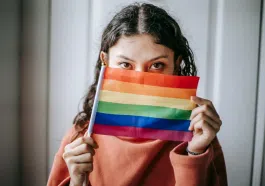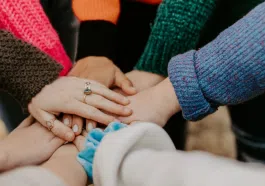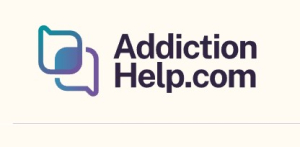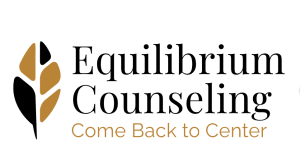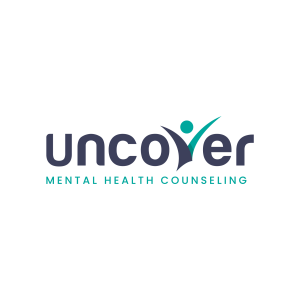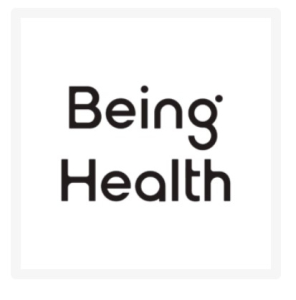The LGBTQ+ community has made significant strides toward equality and acceptance in recent years. However, despite progress, disparities persist within this diverse and vibrant community. In this blog post, we will explore the various disparities faced by LGBTQ+ individuals. We will highlight the importance of addressing these issues to create a truly inclusive and equitable society.
What causes these disparities?
Many factors cause disparities faced by LGBTQ+ people. Some include:
- Historical and cultural stigma
- Stigma and discrimination in society in current society
- Social exclusion
- Role models are limited.
Examples of Disparities in the LGBTQ+ Community
Here are some of the most common disparities in the LGBTQ+ community:
Healthcare disparities:
LGBTQ+ communities face healthcare disparities. Studies have shown that LGBTQ+ individuals often experience inadequate access to healthcare services and face discrimination within healthcare settings. For example, a study of LGBTQ+ people in the US found that 15% had experienced discrimination in healthcare settings, such as being refused treatment or being verbally harassed. As a result, it can lead to higher rates of mental health issues, substance abuse, and overall poorer health outcomes. Efforts must be made to ensure that healthcare providers receive proper training to offer culturally competent care. In addition, LGBTQ+ individuals have access to inclusive and non-discriminatory healthcare services.
What can be done about healthcare disparities
LGBTQ+ perspectives and needs should be considered in public health efforts to improve everyone’s health. Aside from including LGBTQ+ people’s needs in programs designed to enhance entire communities, medical care, and prevention services specific to this population must be culturally competent. There is an association between social inequality and poorer health, as well as the possibility of multiple health threats based on sexual orientation.
LGBTQ+ members are at higher risk of health threats than heterosexual peers. Many of these disparities are caused by social and structural inequities, such as discrimination and stigma affecting LGBTQ+ communities. For example, studies have shown that LGBTQ+ youth are more likely to report attempting suicide in the past year than their heterosexual peers, likely due to the fear of rejection and discrimination that they may face in their communities.
Mental Health and Suicide Rates:
Another disparity within the LGBTQ+ community is the higher prevalence of mental health issues and suicide rates. People in the LGBTQ+ community are about twice as likely to have a mental illness in their lifetime compared to the general population, with transgender people having the highest levels of depression, anxiety, and suicidal thoughts.
LGBTQ+ individuals are more likely to face discrimination, stigma, and social isolation, which harms their emotional well-being. Addressing this disparity requires creating safe spaces, providing mental health support, and promoting societal acceptance and understanding.
Homelessness and Housing Insecurity:
LGBTQ+ youth are disproportionately affected by homelessness and housing insecurity. Many face rejection and discrimination from their families, leading to being unhoused. Moreover, transgender individuals often face challenges accessing safe and affordable housing options.
Housing insecurity can also be due to the high levels of stigma and discrimination LGBTQ+ youth face when attempting to access housing. Many landlords are unwilling to rent to LGBTQ+ youth, or they may charge them higher rents. Additionally, transgender individuals often face challenges accessing safe shelters and housing that affirm their gender identity.
It is crucial to implement inclusive policies that protect LGBTQ+ individuals from housing discrimination. In addition, it is crucial to invest in programs that provide support and resources to prevent homelessness.
Employment discrimination:
Despite advancements in LGBTQ+ rights, employment discrimination remains a significant issue. Many LGBTQ+ individuals face unfair treatment, harassment, and job loss due to their sexual orientation or gender identity. Legislation to protect against workplace discrimination is crucial. For instance, the Equality Act of 2021 is a proposed bill that would make it illegal to discriminate against someone on the basis of sex, sexual orientation, gender identity, and other protected classes.
Promoting inclusive workplace environments and fostering diversity and acceptance in all industries is essential. This type of legislation is necessary to ensure that workers are treated fairly and respectfully, regardless of their background or characteristics. It also creates a level playing field for job seekers, allowing them to compete for jobs based on their qualifications and experience rather than their identity. Furthermore, it encourages employers to create a positive and equitable workplace, which can positively impact morale, productivity, and employee retention.
Violence and Hate Crimes:
The LGBTQ+ community experiences a disproportionate amount of violence and hate crimes. Transgender individuals, particularly transgender women of color, face alarming rates of violence and murder. It is heartbreaking to note that at least 38 transgender people have been fatally shot or killed by other violent means since the beginning of 2022. Too often, these stories go unreported – or misreported. Before this year, most of these people were Black and Latinx transgender women.
Addressing and condemning hate crimes, strengthening laws against hate-based violence, and providing support and resources for victims is imperative.
Organizations that Help with LGBTQ+ Disparities
Organizations such as the Trevor Project, PFLAG, and the Human Rights Campaign work to provide resources and support for LGBTQ+ youth in order to reduce disparities in healthcare, education, and overall well-being.
The Trevor Project
The Trevor Project is an American non-profit organization focused on suicide prevention efforts among lesbian, gay, bisexual, transgender, queer, and questioning (LGBTQ+) youth. The organization provides crisis intervention and suicide prevention services to LGBTQ+ youth through its website, toll-free telephone number, and text messaging services.
PFLAG
PFLAG (Parents and Friends of Lesbians and Gays) is a national organization that promotes understanding and acceptance of the LGBTQ+ community. Their mission is to create a world where everyone can live their authentic selves.
The Human Rights Campaign
The Human Rights Campaign is a civil rights organization that works to promote and protect LGBTQ+ people through advocacy and education. They have been at the forefront of the fight for LGBTQ+ rights since 1980 and continue to advocate for full equality and acceptance.
Takeaway
Addressing LGBTQ+ disparities requires a collective effort from individuals, communities, and policymakers. By recognizing and acknowledging these disparities, we can work towards creating a society that embraces diversity, equality, and inclusion for all. Only through education, awareness, and advocacy can we strive to eliminate the barriers and disparities faced by LGBTQ+ individuals. This will ensure they can live authentically and without fear of discrimination. Together, let us build a future where everyone can thrive, regardless of their sexual orientation or gender identity.
Follow our blog for more content about LGBTQ+ issues.


